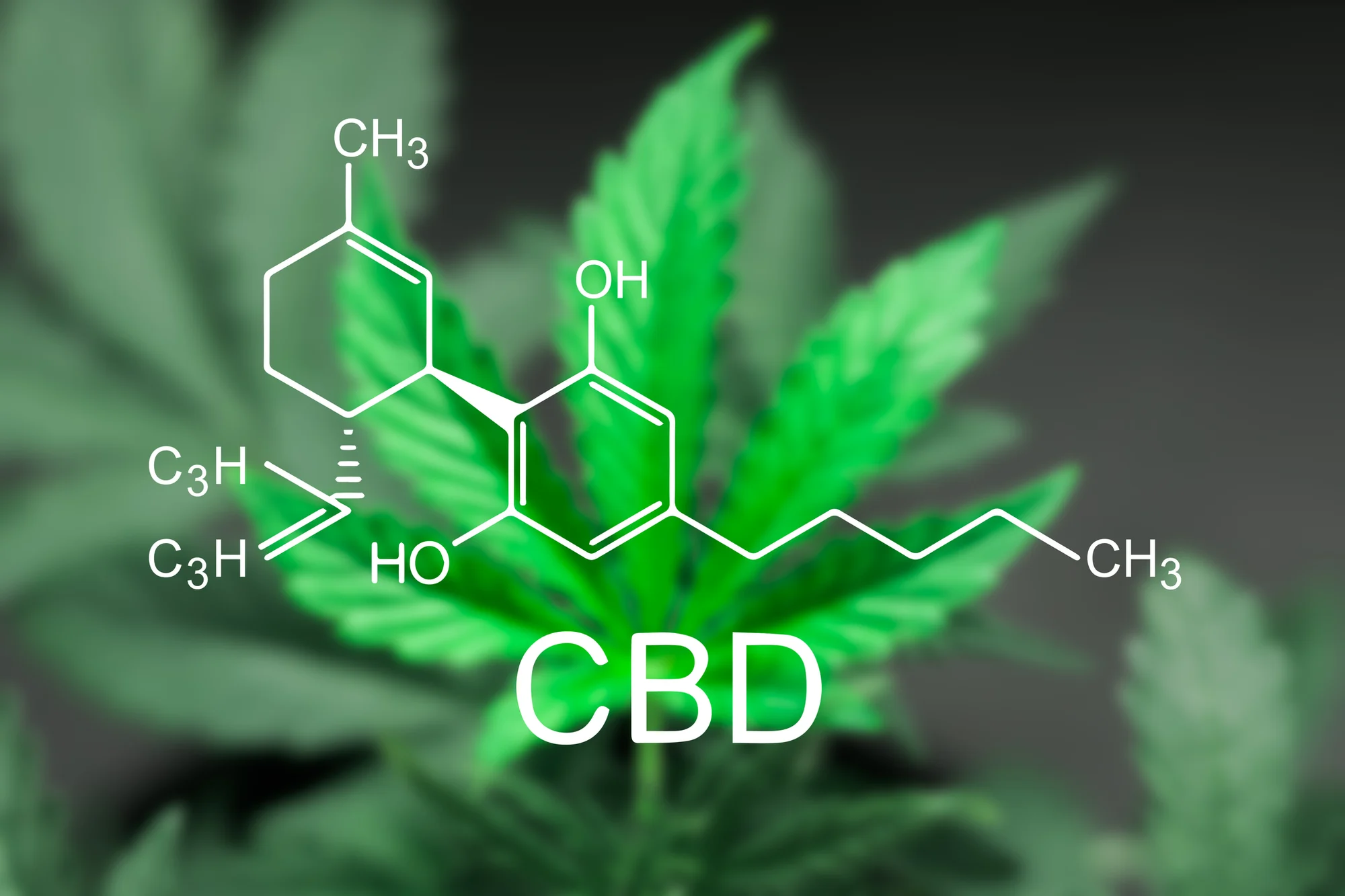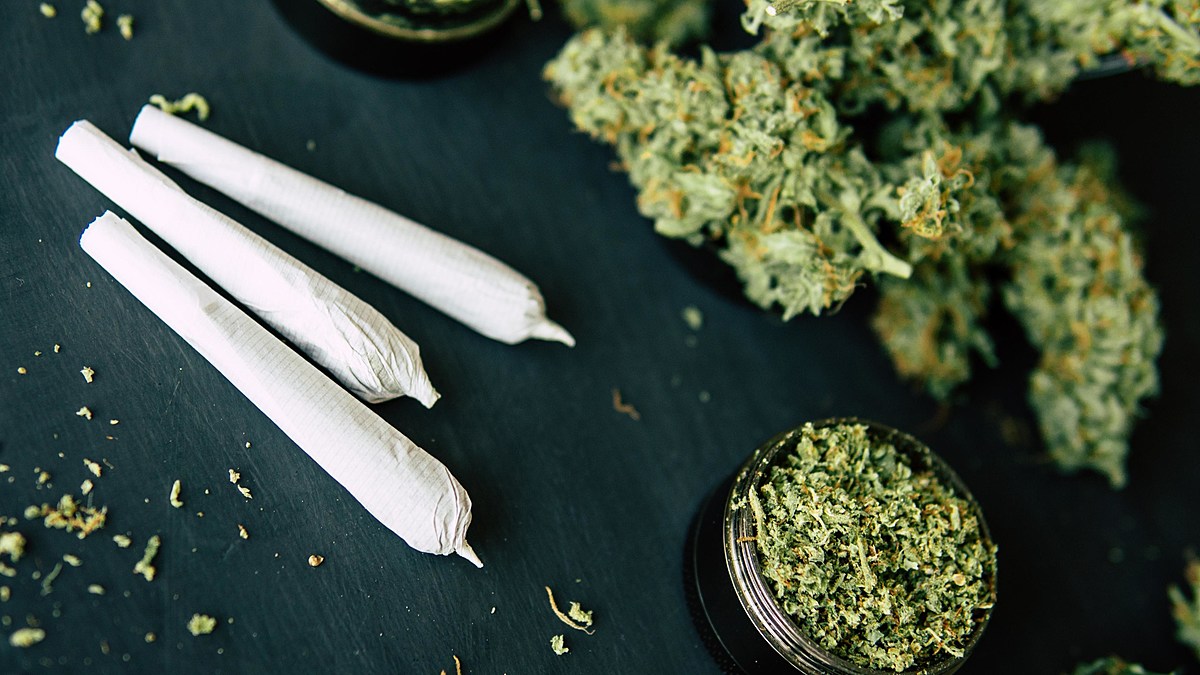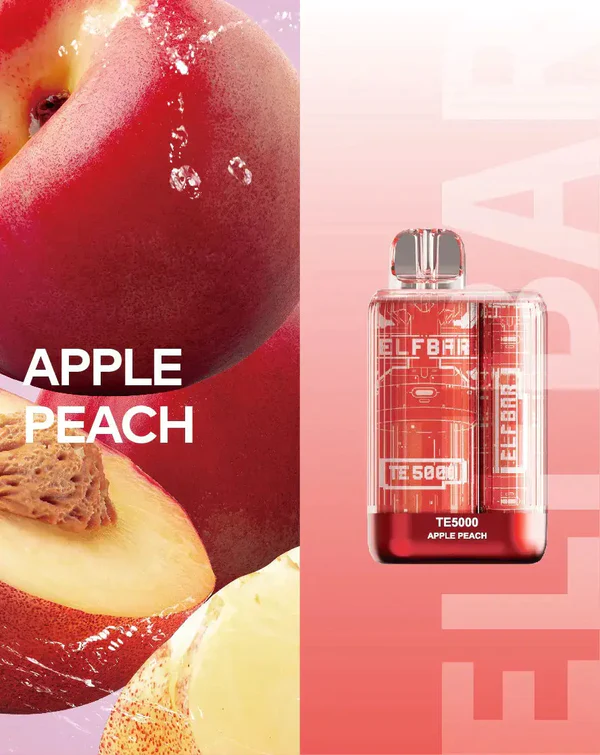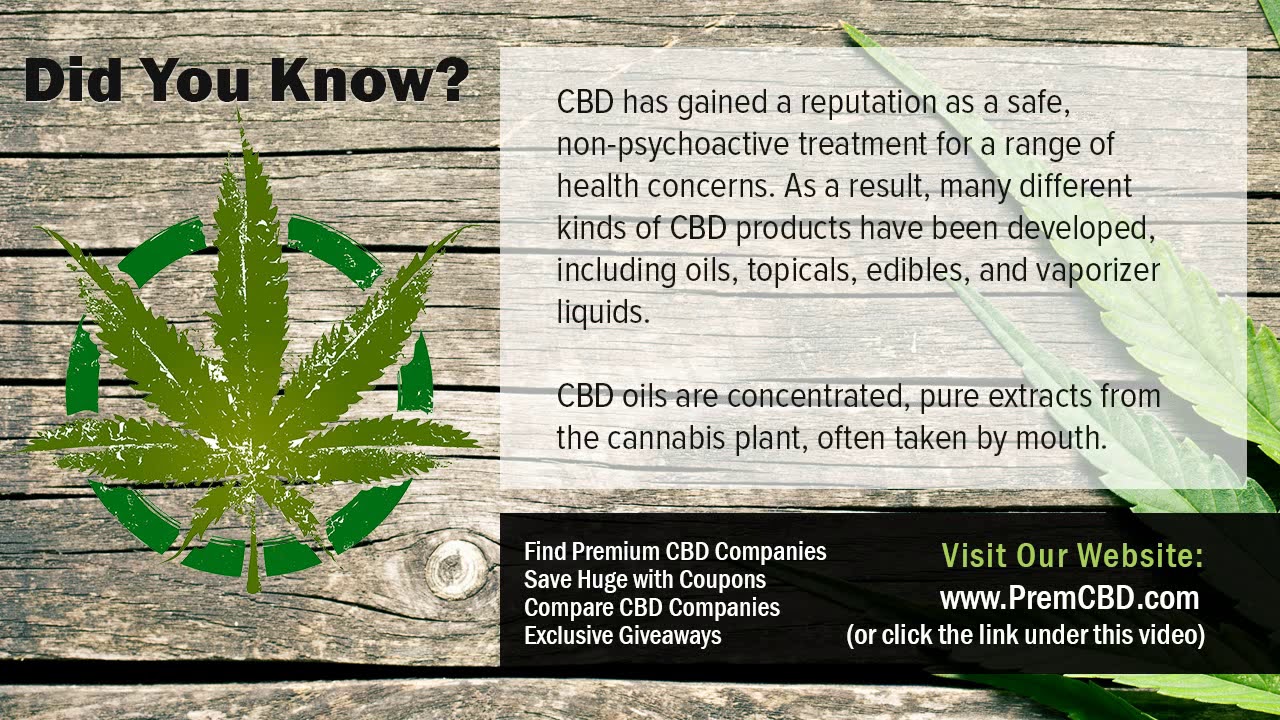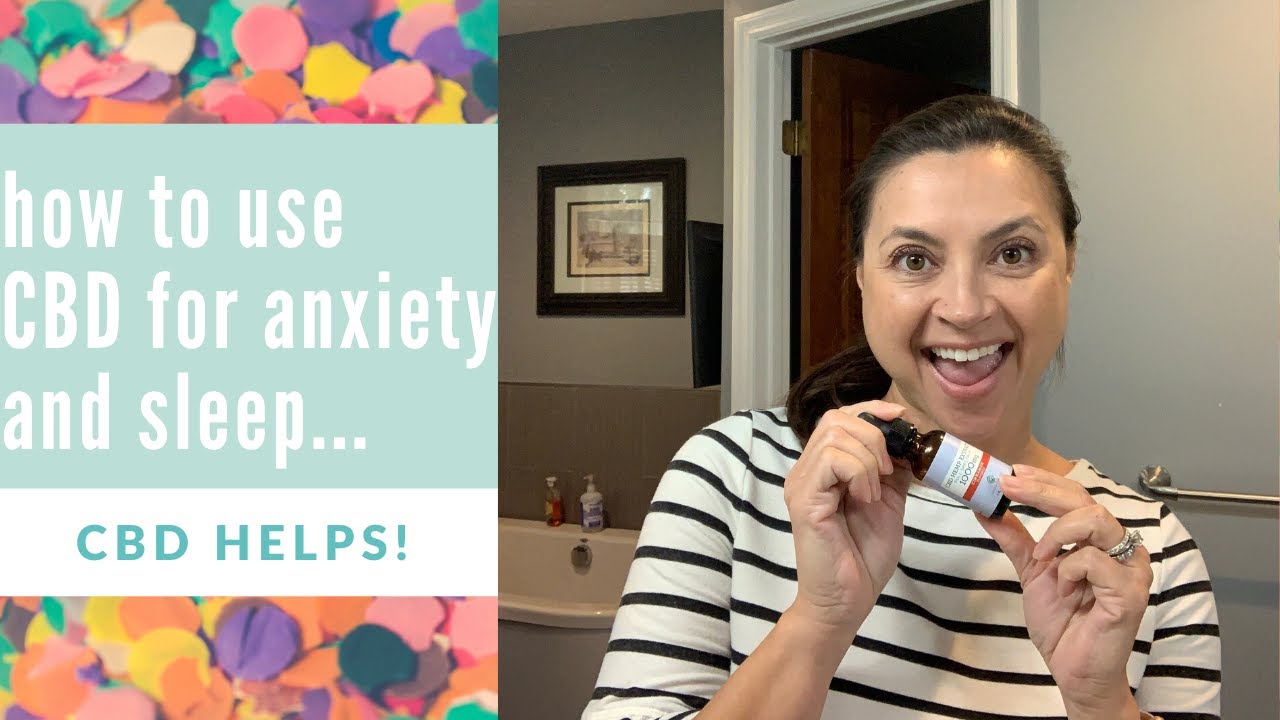Introduction
CBD (cannabidiol) has gained significant popularity in recent years for its potential health benefits. However, many consumers are curious about the relatively high price tags associated with CBD products. This comprehensive guide aims to explore the factors contributing to the cost of CBD, including production, extraction methods, quality control, legal considerations, and market demand.
CBD Production Process
- Cultivation – Discuss the challenges and costs associated with cultivating high-quality hemp plants rich in CBD, including factors such as seed selection, land, farming techniques, and labor.
- Extraction – Explain the various extraction methods used to obtain CBD from hemp plants, such as CO2 extraction and solvent-based extraction, and the associated costs of equipment, expertise, and safety regulations.
- Raw Material Costs – Discuss the costs involved in sourcing and acquiring high-quality hemp biomass for CBD extraction, including the variations in prices based on geographical location and crop quality.
Quality Control and Testing
Third-Party Testing – Explain the importance of third-party lab testing to verify the potency, purity, and safety of CBD products, including the costs associated with conducting these tests.
Compliance with Regulations – Discuss the expenses involved in complying with legal and regulatory requirements, including obtaining licenses, meeting quality standards, and adhering to labeling and packaging guidelines.
Research and Development
- Scientific Research – Highlight the significance of ongoing research and development efforts to understand CBD’s potential benefits and optimize its usage, including the costs of conducting clinical trials and studies.
- Innovation – Discuss the investment required for developing new CBD formulations, improving delivery methods, and creating innovative CBD products.
Market Demand and Supply
- Limited Supply – Explain the limited supply of high-quality CBD due to factors such as strict regulations, limited cultivation regions, and quality standards, leading to higher prices.
- Increasing Demand – Discuss the growing demand for CBD products across various industries, including healthcare, wellness, and beauty, which contributes to higher prices as companies strive to meet the market needs.
Marketing and Distribution
- Branding and Packaging – Explain the costs associated with branding, packaging design, and marketing campaigns to establish a reputable CBD brand in a competitive market.
- Distribution Channels – Discuss the expenses involved in establishing distribution networks, including retail partnerships, e-commerce platforms, and logistical considerations.
Legal Considerations and Compliance
- Complex Legal Landscape – Explain the legal complexities surrounding CBD production, distribution, and marketing, which require companies to invest in legal expertise and compliance.
- Licensing and Permits – Discuss the costs associated with obtaining licenses, permits, and certifications to operate legally within the CBD industry.
Transparency and Trust
- Transparent Supply Chain – Explain the importance of transparency in the CBD industry, including sourcing practices, cultivation methods, and production processes, which can increase costs but foster trust among consumers.
- Reputation and Accountability – Discuss the investments required to establish a reputable CBD brand that prioritizes quality, safety, and customer satisfaction.
Conclusion
Summarize the key points discussed in the guide, emphasizing that the cost of CBD products is influenced by various factors, including the production process, quality control, legal compliance, market demand, and research and development. Reiterate the importance of understanding these factors when evaluating the price of CBD products and choosing reputable brands that prioritize quality and transparency.
Closing Note:
CBD products often come with a higher price tag due to the intricate production process, quality control measures, compliance with regulations, and market demand. By providing comprehensive information on the factors contributing to the cost of CBD, this guide aims to educate consumers on the value and investment behind high
quality CBD products. Understanding the expenses involved in cultivation, extraction, testing, research, branding, distribution, and compliance can help consumers make informed purchasing decisions.
It’s important to note that while some CBD products may seem expensive, they often reflect the commitment of reputable brands to quality, safety, and transparency. By investing in the production process, rigorous testing, and adhering to legal requirements, these brands prioritize delivering high-quality CBD products that consumers can trust.
However, it’s also crucial for consumers to exercise caution and avoid overpriced or low-quality CBD products. To ensure you’re getting the best value for your money, consider the following tips:
- Research the Brand: Look for reputable CBD brands that prioritize transparency, provide detailed information about their sourcing and production processes, and share third-party lab test results.
- Check for Certifications: Look for brands that have obtained relevant certifications, such as Good Manufacturing Practices (GMP) certification, which demonstrates their commitment to quality and safety.
- Read Product Labels: Examine the product labels to ensure they provide clear information about CBD content, extraction methods, and other ingredients. Avoid products that make inflated claims or use vague terminology.
- Consider Product Variety: CBD products come in various forms, including oils, tinctures, capsules, topicals, and edibles. Compare prices across different product types to find the best option for your needs and budget.
- Assess Potency: Consider the CBD concentration in the product. Higher potency products may have a higher price tag, but they also provide more CBD per serving, potentially offering better value in the long run.
- Look for Value Bundles or Promotions: Some brands offer value bundles or promotional discounts, allowing you to save money when purchasing multiple products or larger quantities.
- Read Customer Reviews: Check customer reviews and testimonials to gauge the quality and effectiveness of the brand’s products. Honest feedback from other consumers can help you make an informed decision.
Remember, CBD products can vary in terms of quality, effectiveness, and price. By understanding the factors contributing to the cost of CBD products and following these tips, you can navigate the market and find high-quality CBD products that align with your budget and wellness goals.
Closing Note:
While CBD products may seem expensive, it’s important to recognize the investments and expenses involved in the cultivation, extraction, testing, research, compliance, and marketing of high-quality CBD products. By understanding these factors and following the tips provided, consumers can make informed decisions and find reputable brands that offer value for their money. It’s crucial to prioritize quality, safety, and transparency when purchasing CBD products to ensure you’re getting the most out of your investment in your health and well-being.
- Why is CBD Expensive - June 7, 2023

